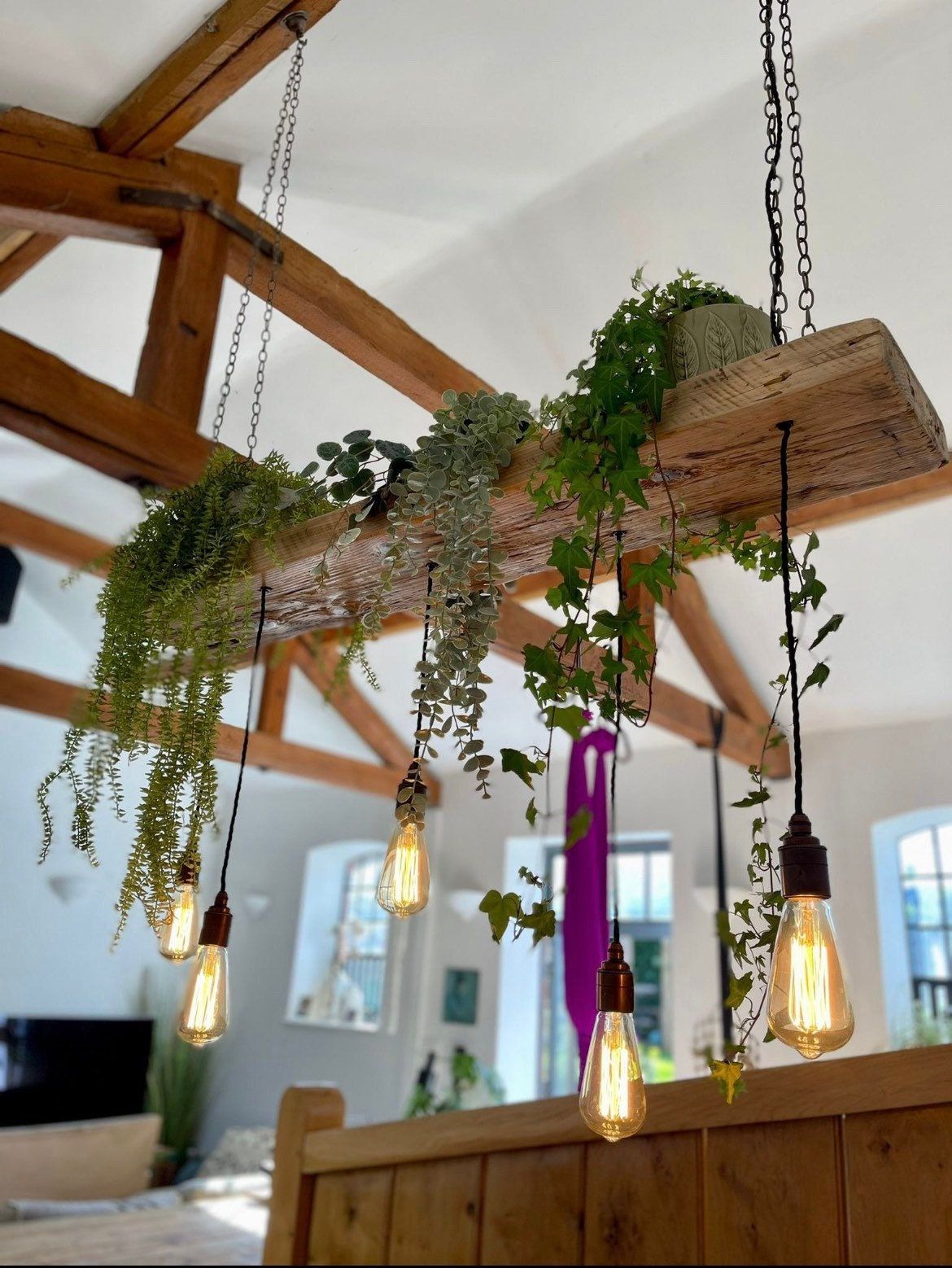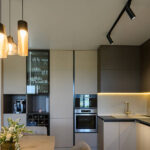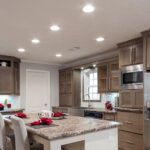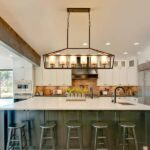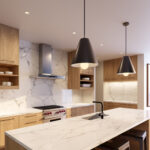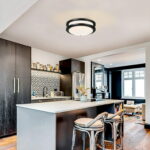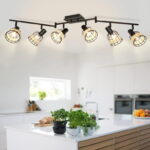The kitchen is often considered the heart of the home, a place where families gather to cook, eat, and connect. Therefore, proper lighting is essential in ensuring that this important space is functional, safe, and aesthetically pleasing. Whether you are renovating your kitchen or just looking to upgrade your lighting fixtures, it is important to consider the different types of kitchen lights available and how they can enhance your overall kitchen experience.
One of the most common types of kitchen lights is overhead lighting, which typically comes in the form of ceiling-mounted fixtures. These lights provide general illumination for the entire kitchen and are essential for performing tasks such as cooking and cleaning. Pendant lights are a popular choice for overhead lighting as they can be hung at different heights to create a stylish and modern look. Recessed lighting is another option that can provide a clean and streamlined look, while under-cabinet lighting can illuminate work surfaces and countertops for easier food preparation.
Task lighting is another important element of kitchen lighting, as it is focused on specific areas where tasks are performed. For example, a pendant light hung over the kitchen island can provide bright light for chopping vegetables or mixing ingredients. Under-cabinet lights are also great for task lighting, as they can provide additional illumination for food preparation areas. Task lighting can be adjustable and dimmable to suit different needs and preferences.
Ambient lighting is a softer and more subtle form of lighting that helps create a cozy and inviting atmosphere in the kitchen. This type of lighting is often used in conjunction with overhead and task lighting to provide a well-rounded lighting scheme. Wall sconces, chandeliers, and track lighting are popular choices for ambient lighting in the kitchen, as they can add a decorative touch while providing a warm and welcoming glow.
In addition to choosing the right types of kitchen lights, it is also important to consider the color temperature and brightness of the bulbs used. Warm white light is often preferred for kitchens as it creates a cozy and inviting atmosphere, while cooler white light can help improve visibility for tasks such as chopping and cooking. LED bulbs are a popular choice for kitchen lighting as they are energy-efficient, long-lasting, and come in a variety of color temperatures to suit different preferences.
In conclusion, kitchen lighting plays a crucial role in creating a functional, safe, and visually appealing space for cooking and gathering. By incorporating a mix of overhead, task, and ambient lighting, as well as choosing the right color temperature and brightness for your bulbs, you can transform your kitchen into a well-lit and inviting environment where you can enjoy cooking, entertaining, and spending time with loved ones. So next time you are thinking about renovating your kitchen, don’t forget to consider the importance of proper lighting to enhance your overall kitchen experience.
 Decorationg Interior Design
Decorationg Interior Design
